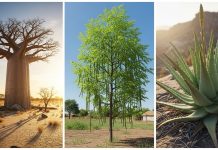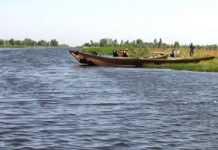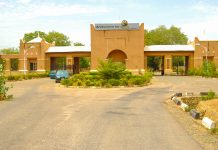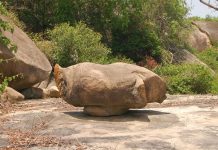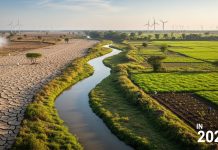When people hear the word “carbon,” the first thought that comes to mind is usually “pollution” or “climate change.” However, carbon plays a crucial role within forests.
Let’s delve into the world of forest carbon, discover how it works, and explore whether it’s beneficial or detrimental, as well as how our everyday actions—often without our awareness—impact this delicate balance.
What is Forest Carbon?
Simply put, forest carbon refers to the carbon stored in forests. Trees and plants absorb carbon dioxide (CO₂) from the atmosphere during photosynthesis, converting it into biomass, comprising trunks, branches, leaves, roots, and even the soil. This process helps reduce the amount of CO₂ in the air, making forests one of nature’s most effective tools in combating climate change.
That’s why forests are often called carbon sinks—they “sink” or absorb carbon, locking it away for years, decades, or even centuries.
Is Forest Carbon a Good Thing?
Absolutely. When forests are healthy and thriving, the carbon stored in them is beneficial. It means the forest is actively capturing CO₂ and storing it safely. This helps to cool the planet, stabilize the climate, and support a wide range of life, from birds to insects to humans.
In fact, since 2000, forests have been removing approximately 2 billion metric tons of CO₂ from the atmosphere every year. That’s roughly the same as the annual emissions of hundreds of millions of cars.
When Does Carbon Become a Problem?
Carbon in forests becomes a problem not because of the carbon itself, but because of what humans do that releases that stored carbon back into the atmosphere.
Here’s how we’re unknowingly turning forests from carbon savers into carbon sources:
- Deforestation and Land Use Change
Cutting down trees for farming, roads, or cities instantly releases the carbon stored in those trees. It’s like smashing a savings bank—years of stored carbon vanish into the air. Tropical deforestation alone accounts for approximately 12–20% of global greenhouse gas emissions.
- Forest Degradation
Even without cutting down entire forests, activities such as selective logging, illegal harvesting, or forest fires can damage the ecosystem. This weakens the forest’s ability to store carbon, and in some cases, makes it start emitting more CO₂ than it absorbs.
- Biomass Energy
Burning wood for fuel or turning forests into wood pellets is often marketed as a “green” energy source. However, in reality, this process releases large amounts of carbon and typically involves clearing natural forests to meet energy demands, especially in countries such as Indonesia and parts of Africa.
Climate Change Makes It Worse
To make things worse, the CO₂ we’ve already pumped into the atmosphere is changing the climate, and forests are feeling the heat.
- More Wildfires: Hotter, drier conditions are increasing the number and intensity of forest fires. These fires release massive amounts of carbon and destroy trees that would otherwise help absorb it.
- Rainfall Changes: Unpredictable rain patterns stress trees, slow down growth, and reduce carbon absorption.
- Soil Degradation: Warming temperatures and shifting weather patterns also damage the forest floor. Since soil stores a tremendous amount of carbon, this is a big problem.
These effects create a dangerous feedback loop: climate change harms forests, and damaged forests make climate change worse by releasing even more CO₂.
What Can We Do About It?
We can still fix this. There are proven solutions that protect forests and the climate at the same time:
- Protect Existing Forests: It’s cheaper and more effective to keep forests intact than to regrow them later.
- Restore Degraded Land: Planting trees and improving soil can help damaged forests recover their ability to store carbon.
- Use Land Wisely: Practices like agroforestry (growing trees alongside crops) can balance food production with environmental protection.
- Support Clean Energy: Transitioning away from fossil fuels and unsustainable biomass to solar, wind, and hydro reduces pressure on forests.
- Engage Local Communities: Forest conservation is most effective when local people are involved and benefit from protecting their environment.
So, is carbon in the forest good or bad? The answer is: It depends on what we do.
When forests are protected and healthy, they are powerful allies in the fight against climate change. However, when forests are destroyed or degraded, often through everyday activities such as farming, construction, or burning wood, they can become part of the problem.
Understanding the role of forest carbon helps us appreciate just how vital our trees are, not just for their shade or beauty, but for the future of our planet.
